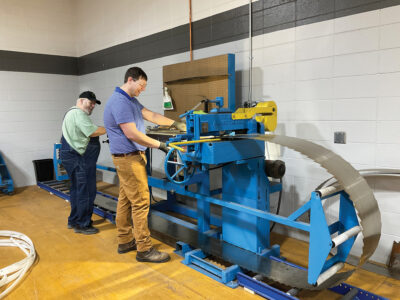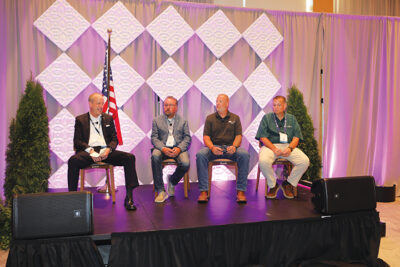U.S. house construction starts nose-dived in April as the national lockdown to thwart spread of the coronavirus shook the housing market and broader economy.
Residential starts plunged 30.2 percent to 891,000 from a month earlier, the lowest level since 2015, the Commerce Department said. Building permits fell 20.8 percent from March to a seasonally adjusted annual rate of 1.07 million, a five-year low. The slump in applications to build was the largest since July 2008.
Single-family housing starts declined 25.4 percent to a rate of 665,000, also a five-year low. Housing starts for multi-family buildings, which includes apartments and condos, fell more than 40 percent to 234,000.
The coronavirus’ initial impact on the U.S. housing market meant there were fewer buyers and sellers as social-distancing guidelines reduced open house viewings, and an economic slump encouraged prospective sellers to stay in their existing houses. The construction industry also sustained 618,000 layoffs during March, according to the Bureau of Labor Statistics.
But while construction and sales declined, there was reason to believe that demand was growing. According to a housing market index forecast from the National Association of Home Builders (NAHB) and Wells Fargo, the lifting of stay-at-home orders in several states, low interest rates and growing inquiries in suburban areas from residents in expensive, high-density cities helped increase demand for single-family new houses.
The HMI, which measures the market’s appetite for house buying, is on a scale from 0 to 100. After dropping between March (72) and April (30), May’s preliminary number rose to 37.
“Despite today’s numbers, there is an undercurrent of long-term positivity in the housing market that will likely allow for a strong rebound,” said Dean Mon, NAHB chairman. “Our builder confidence index has already shown signs of a turnaround. Housing was showing signs of momentum before the pandemic and is poised to lead the economic recovery as virus mitigation efforts take hold and more states take gradual steps to reopen.”
NAHB Chief Economist Robert Dietz also expects to see further improvement as the U.S. economy begins shedding regional restrictions.
“While the April numbers were down, they were somewhat better than forecast and are expected to improve as more of the economy reopens,” Dietz said. “Single-family weakness was particularly seen in the West and Northeast as larger metro areas were under more economic pressure due to the lockdown phase. But as a sign of the strength housing had going into this downturn, single-family starts are still one percent higher on a year-to-date basis.”
The premier online information source for the forest products industry since 1927.
- Miller Wood Trade Publications
- Miller Wood Trade Publications
- Miller Wood Trade Publications
- Miller Wood Trade Publications
- Miller Wood Trade Publications
- Miller Wood Trade Publications
- Miller Wood Trade Publications
- Miller Wood Trade Publications
- Miller Wood Trade Publications
- Miller Wood Trade Publications
- Miller Wood Trade Publications
- Miller Wood Trade Publications
- Miller Wood Trade Publications
- Miller Wood Trade Publications
- Miller Wood Trade Publications
- Miller Wood Trade Publications
- Miller Wood Trade Publications
- Miller Wood Trade Publications
- Miller Wood Trade Publications
- Miller Wood Trade Publications
- Miller Wood Trade Publications









